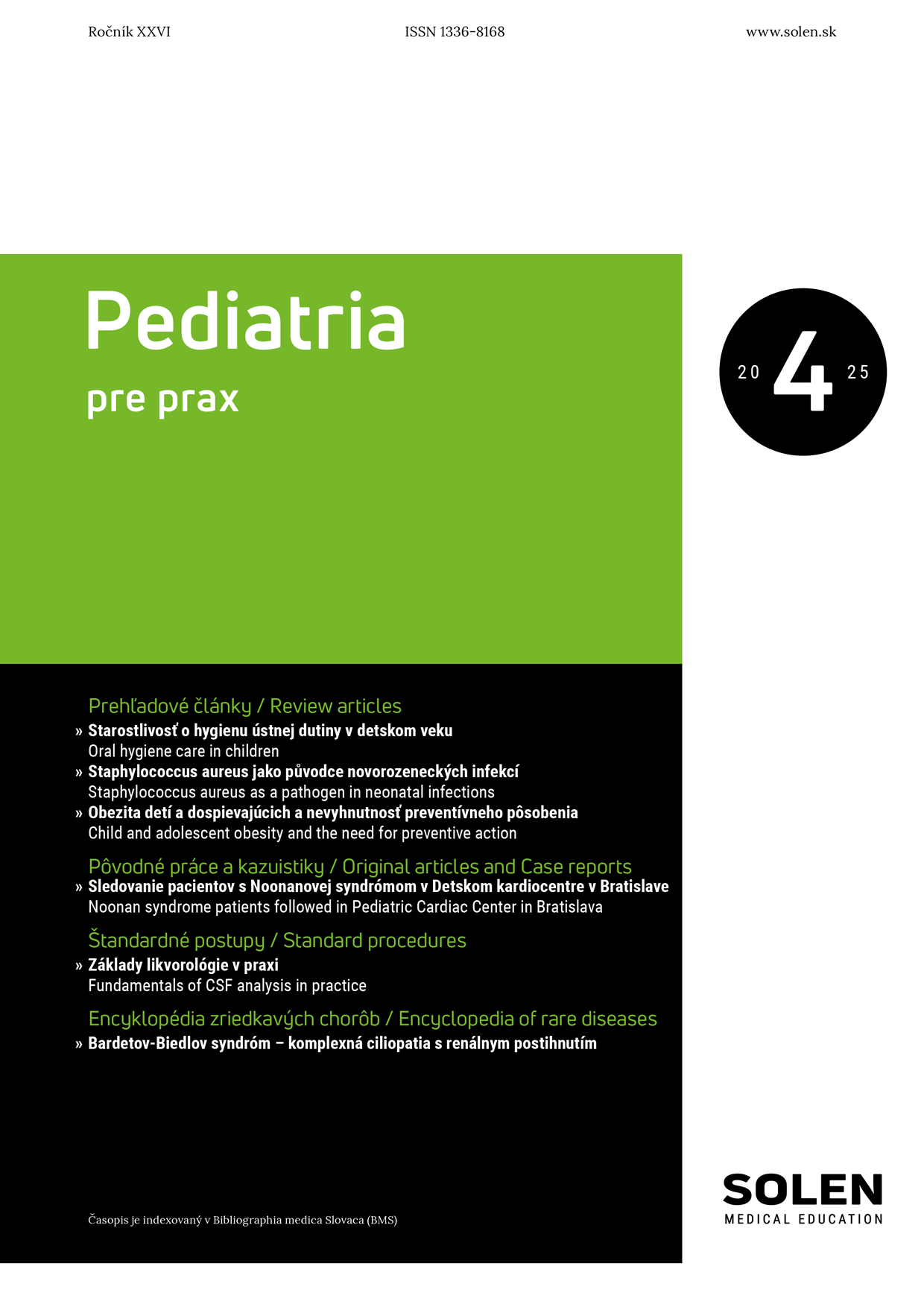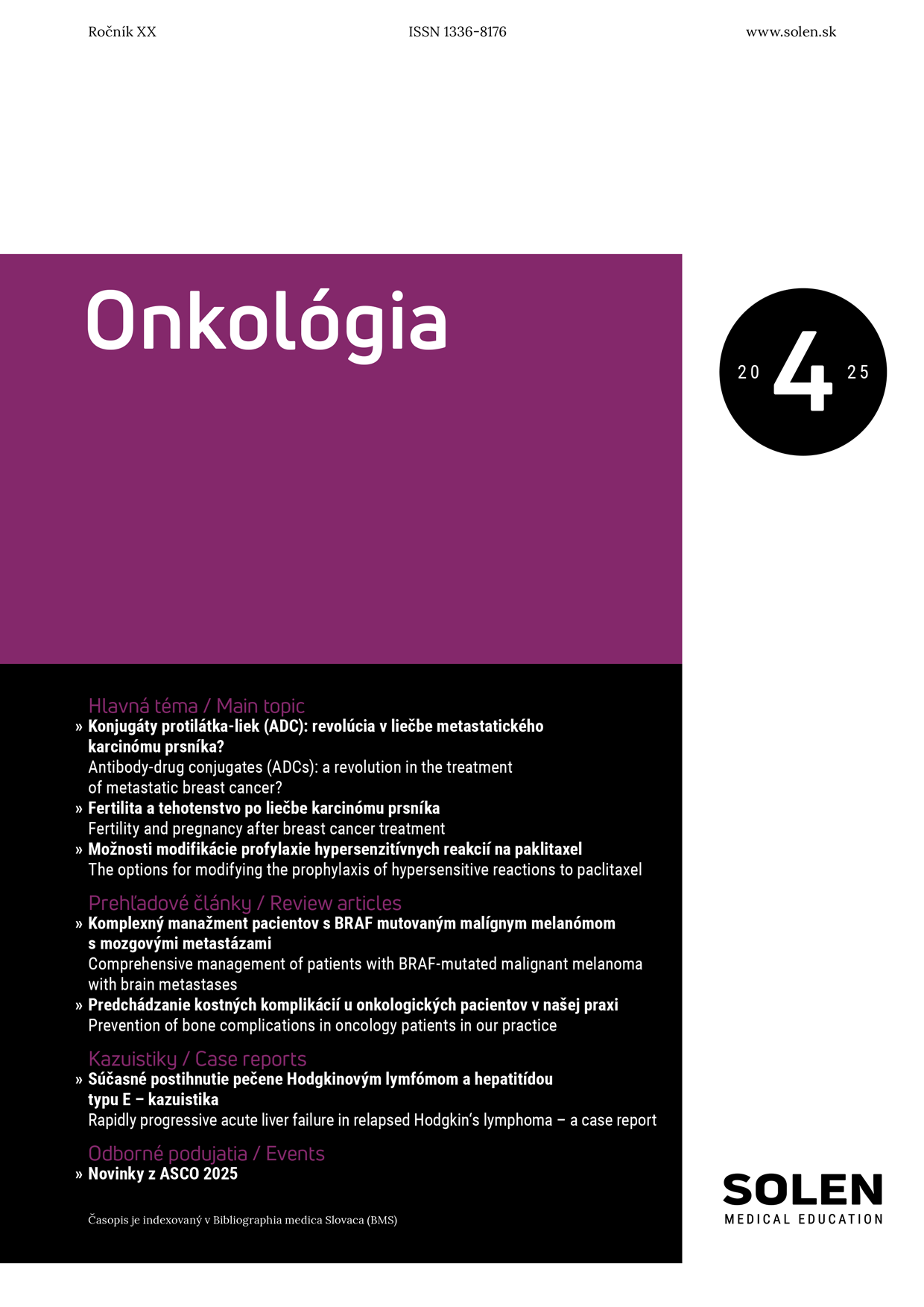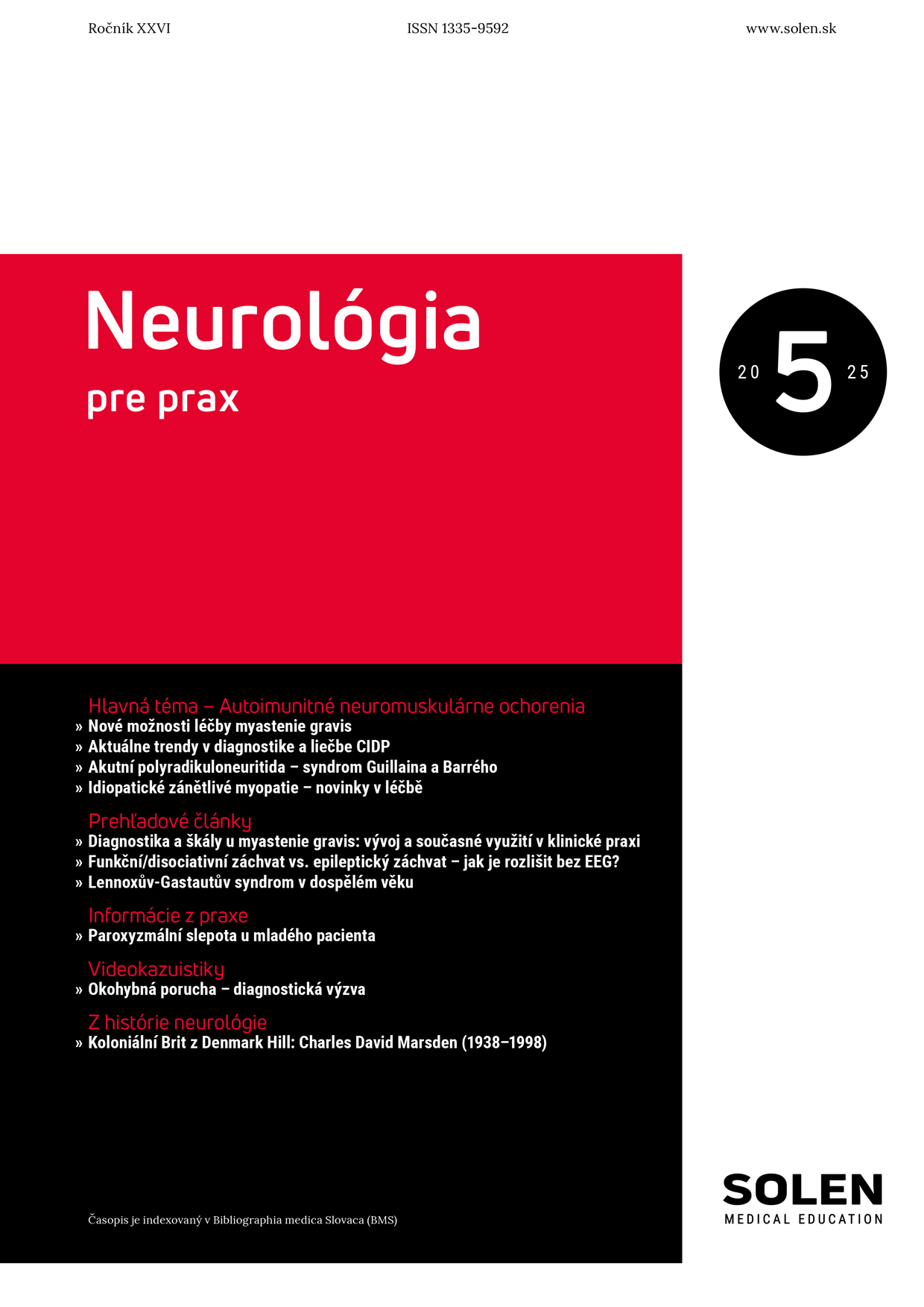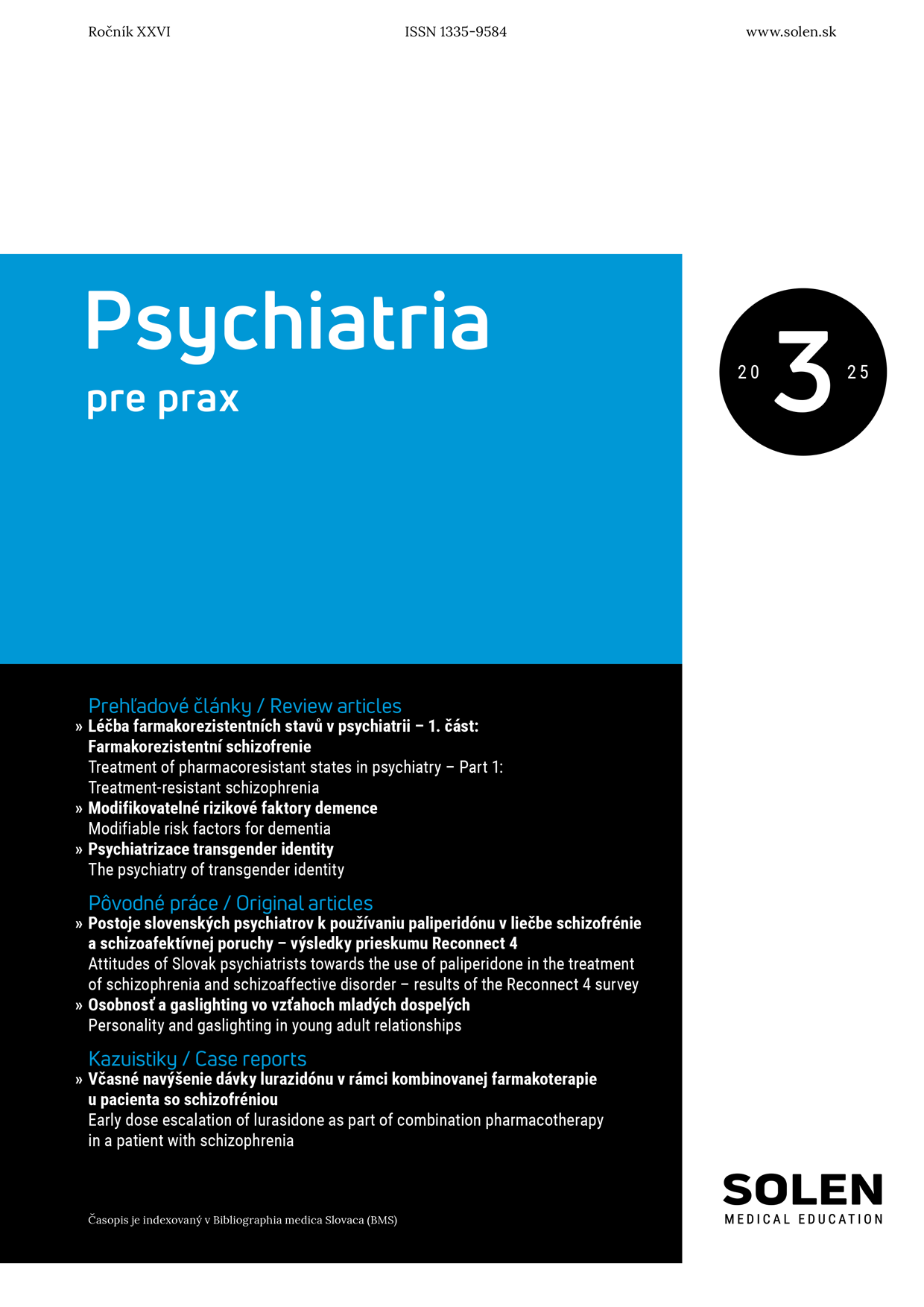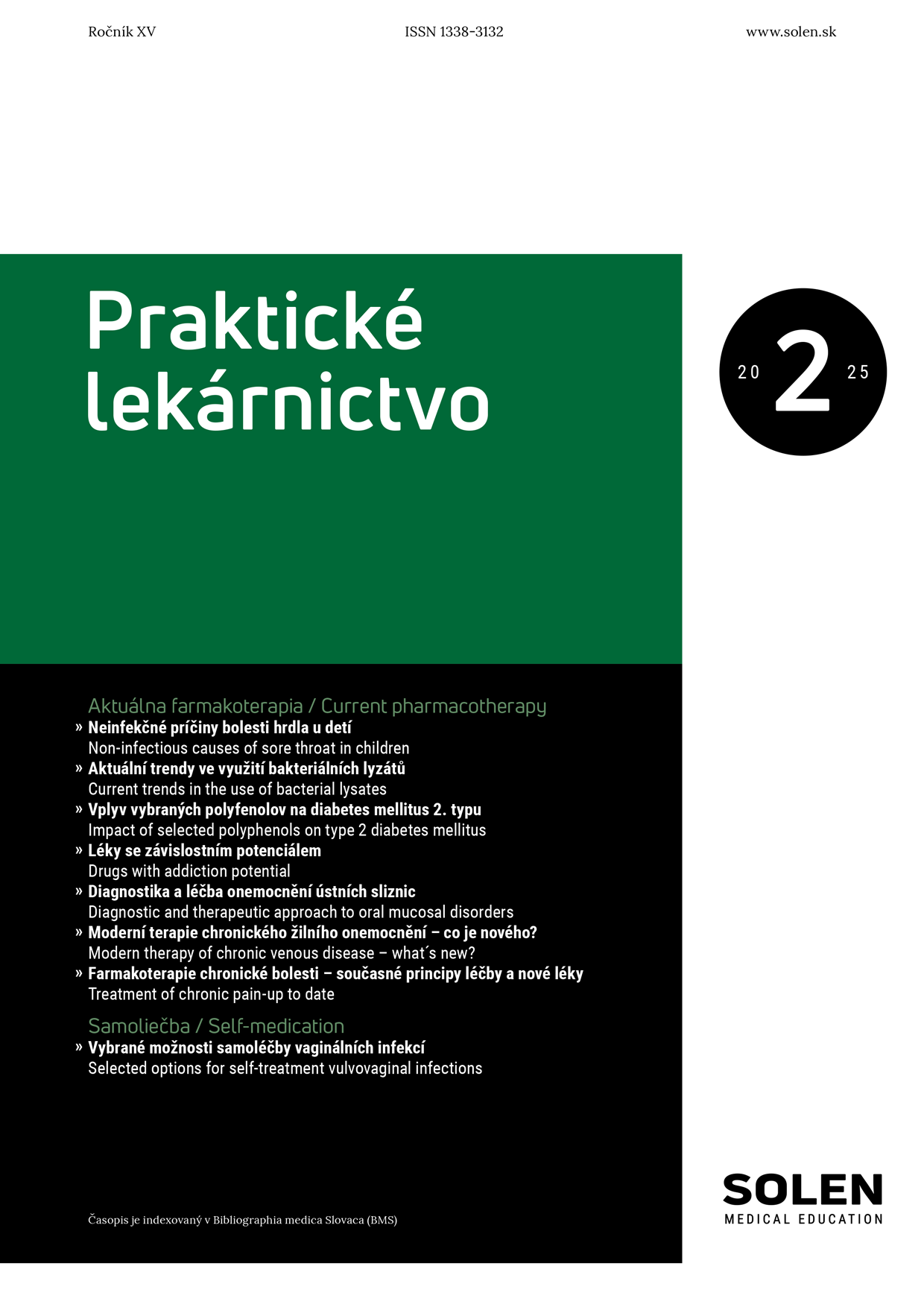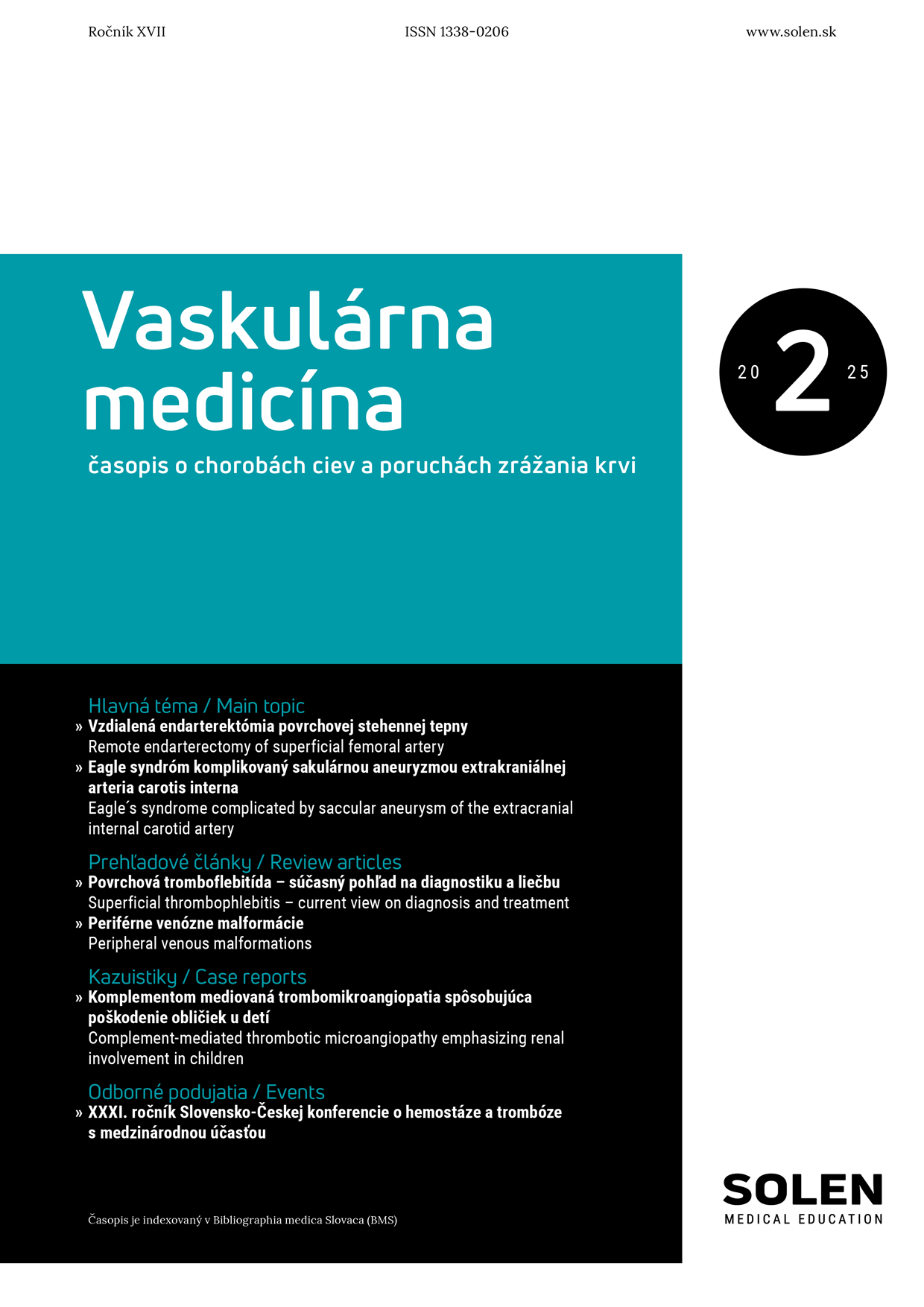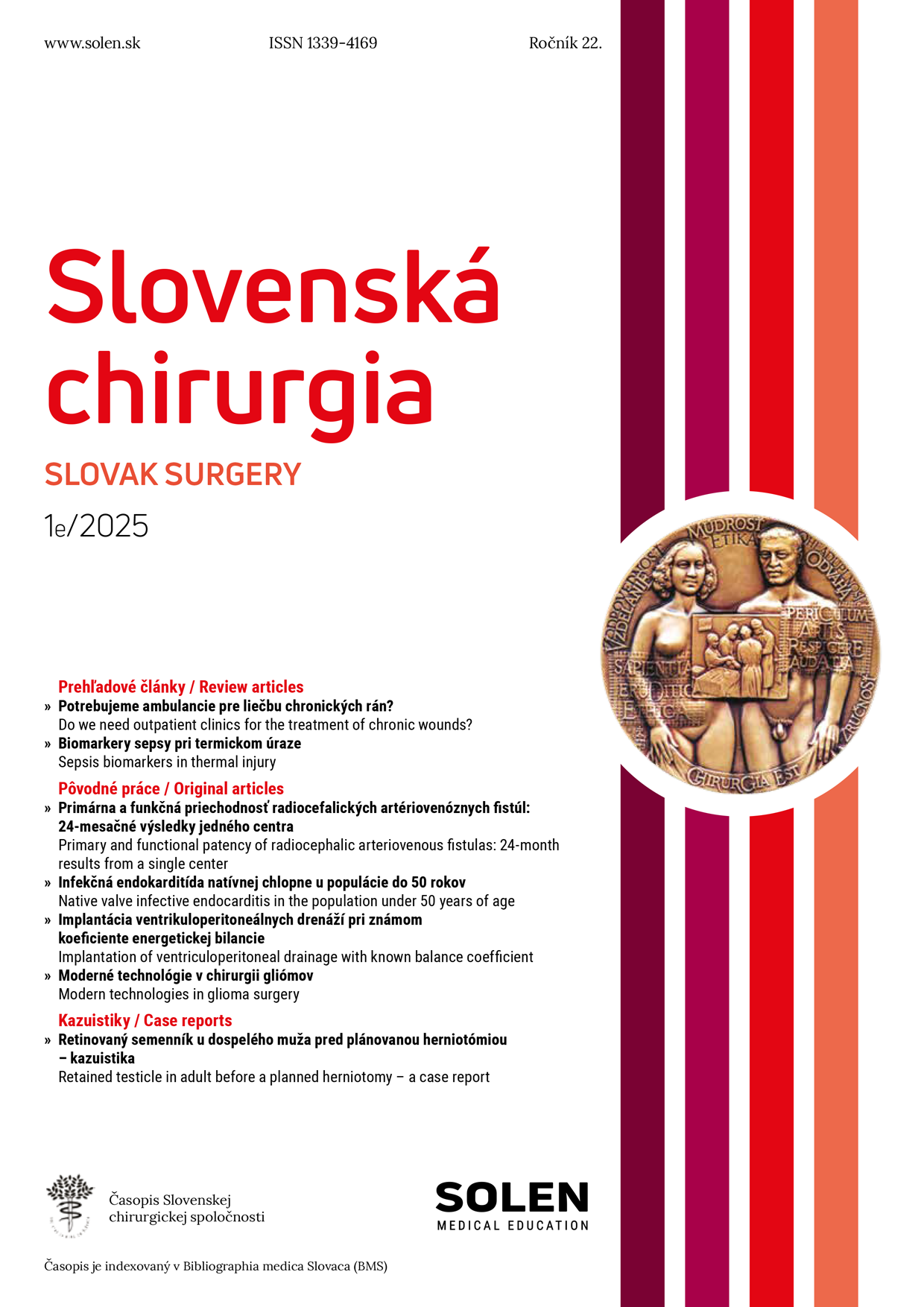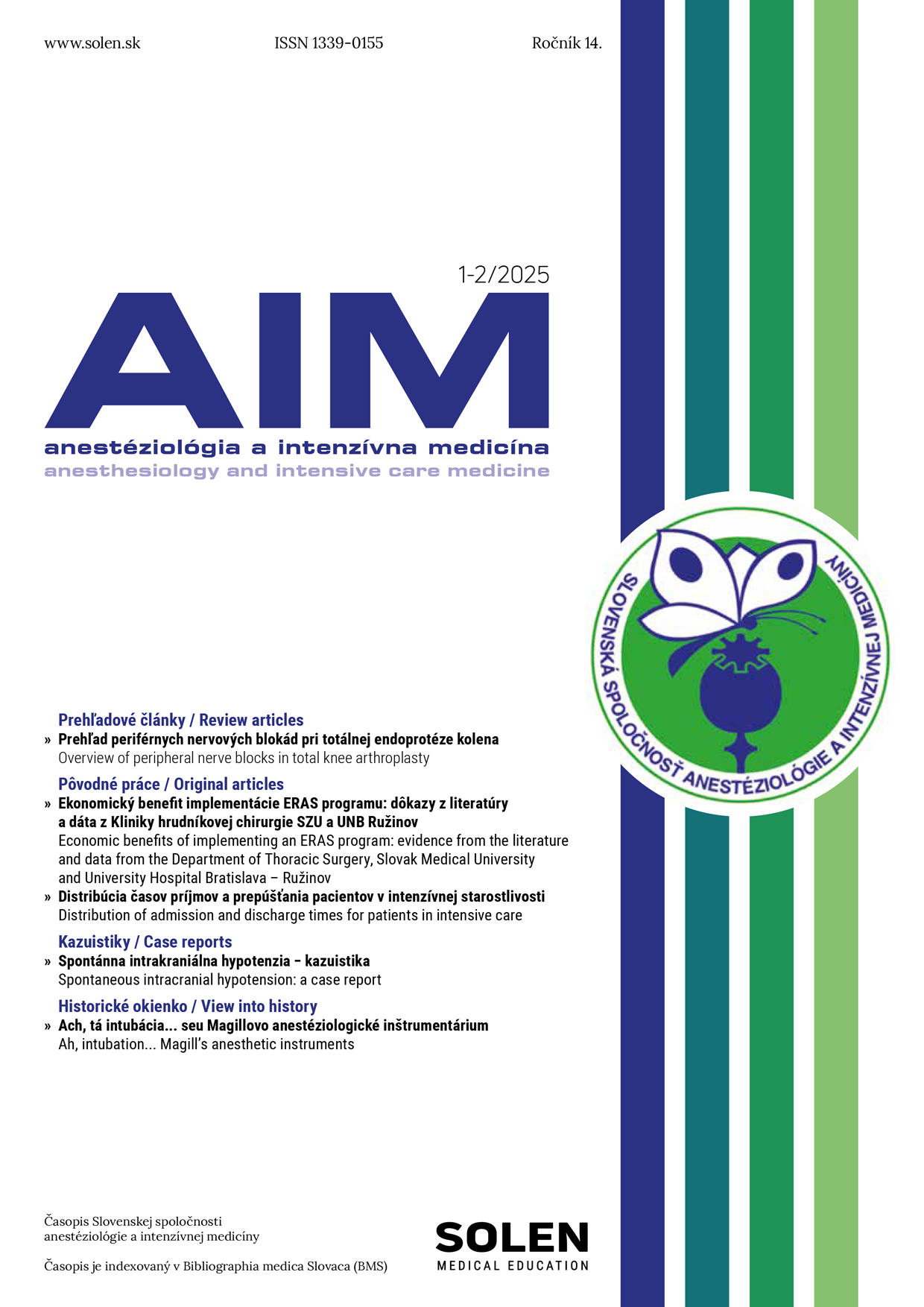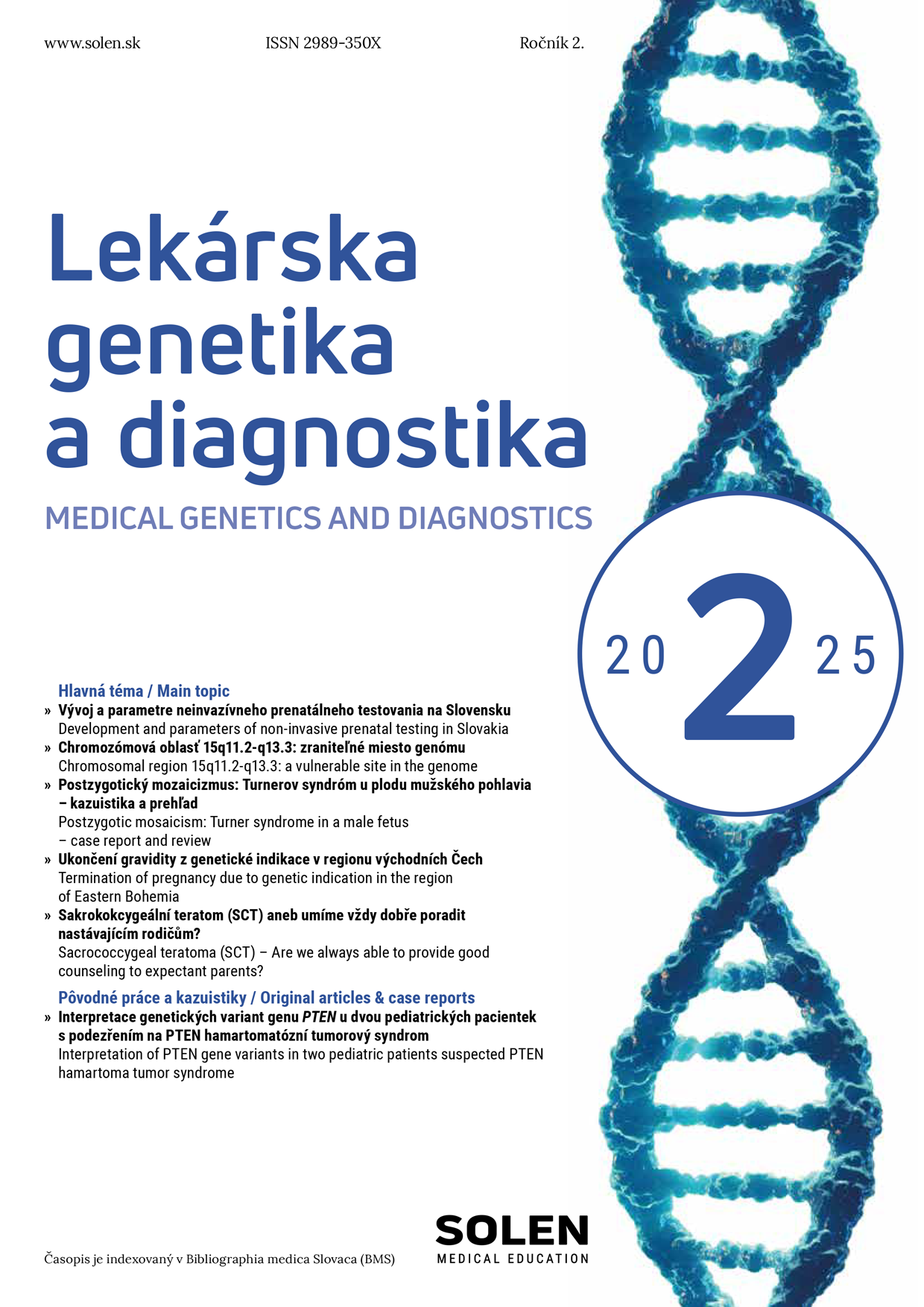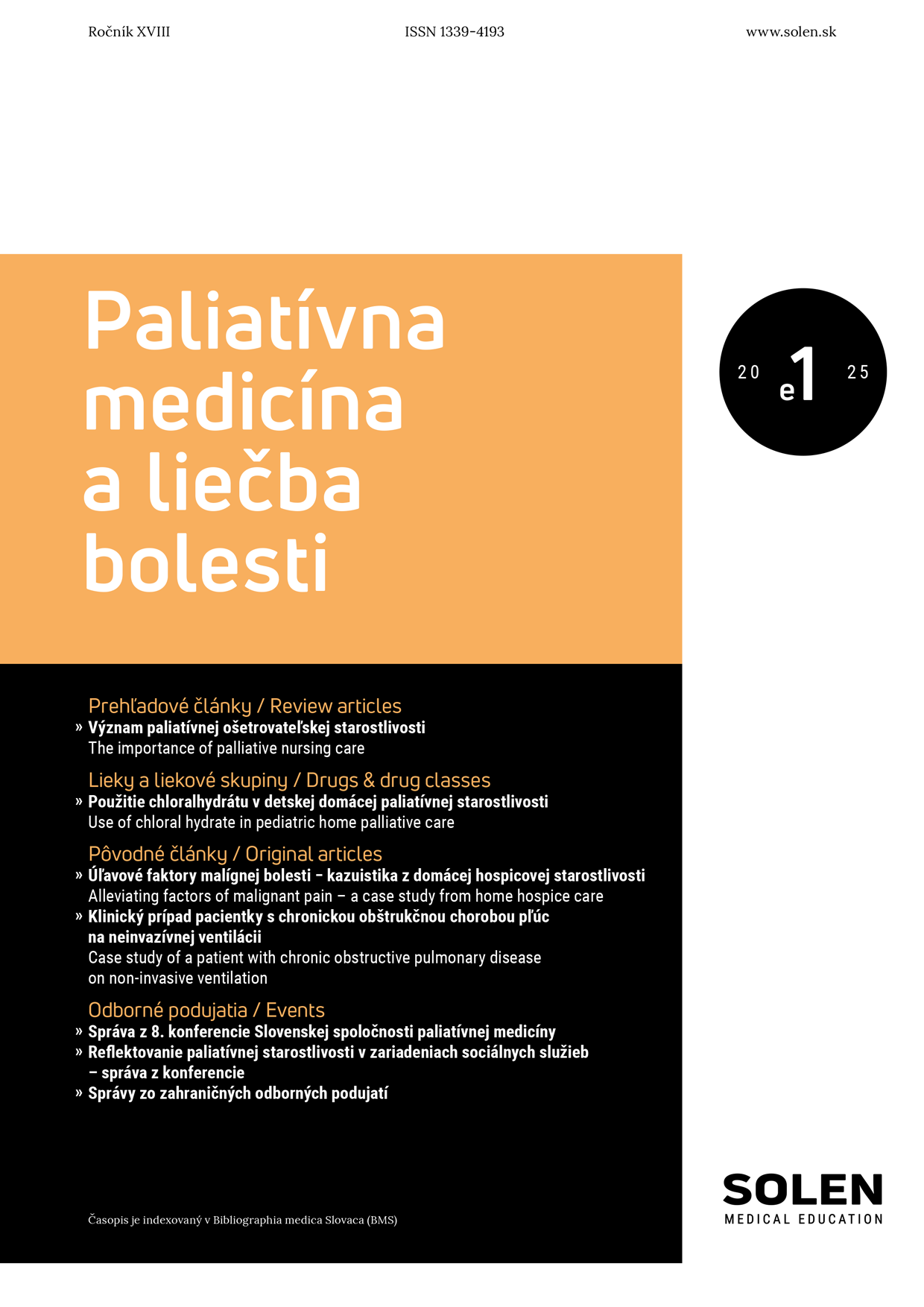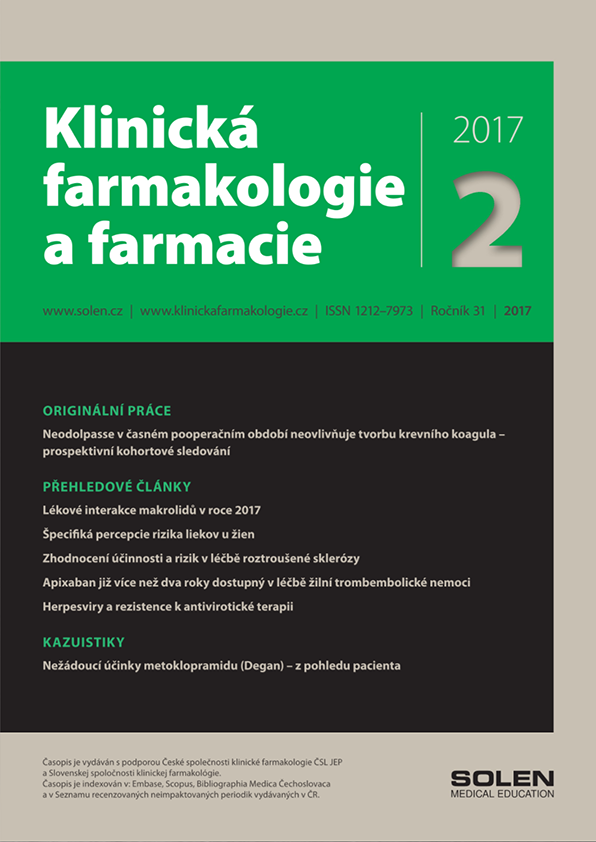Slovenská chirurgia 1e/2025
Sepsis biomarkers in thermal injury
Introduction: Sepsis is one of the most common and severe complications in patients with major thermal injuries. Differentiating between systemic inflammatory response syndrome (SIRS) and early-stage infection is often challenging, frequently resulting in excessive empirical antibiotic therapy. The search for reliable and early biomarkers that enable accurate diagnosis of sepsis remains ongoing.
Objective: This narrative review summarizes current knowledge on the use of biomarkers in the diagnosis and prognosis of sepsis in the context of thermal injury. Special attention is given to acute-phase reactants, molecular markers such as presepsin and microRNAs, as well as the role of genetic predisposition and sepsis phenotypes.
Results: Biomarkers including procalcitonin (PCT), presepsin (sCD14-ST), IL-6, IL-8, IL-10, and selected microRNAs (e.g., miRNA-25, miR-150) have demonstrated clinical potential for early identification of sepsis, monitoring disease progression, and predicting mortality. However, their utility is limited by factors such as sampling time, the presence of non-infectious inflammatory responses (SIRS), and the immunological heterogeneity of patients. The concept of sepsis phenotypes further underscores the need for a personalized approach to biomarker interpretation.
Conclusion: The combination of multiple biomarkers with sepsis phenotyping and genetic stratification of patients may enhance the diagnosis and management of sepsis in burn injuries. However, further prospective and validated studies are necessary to implement these approaches into clinical practice.
Keywords: sepsis, infection, thermal injury, inflammatory markers, immune system


